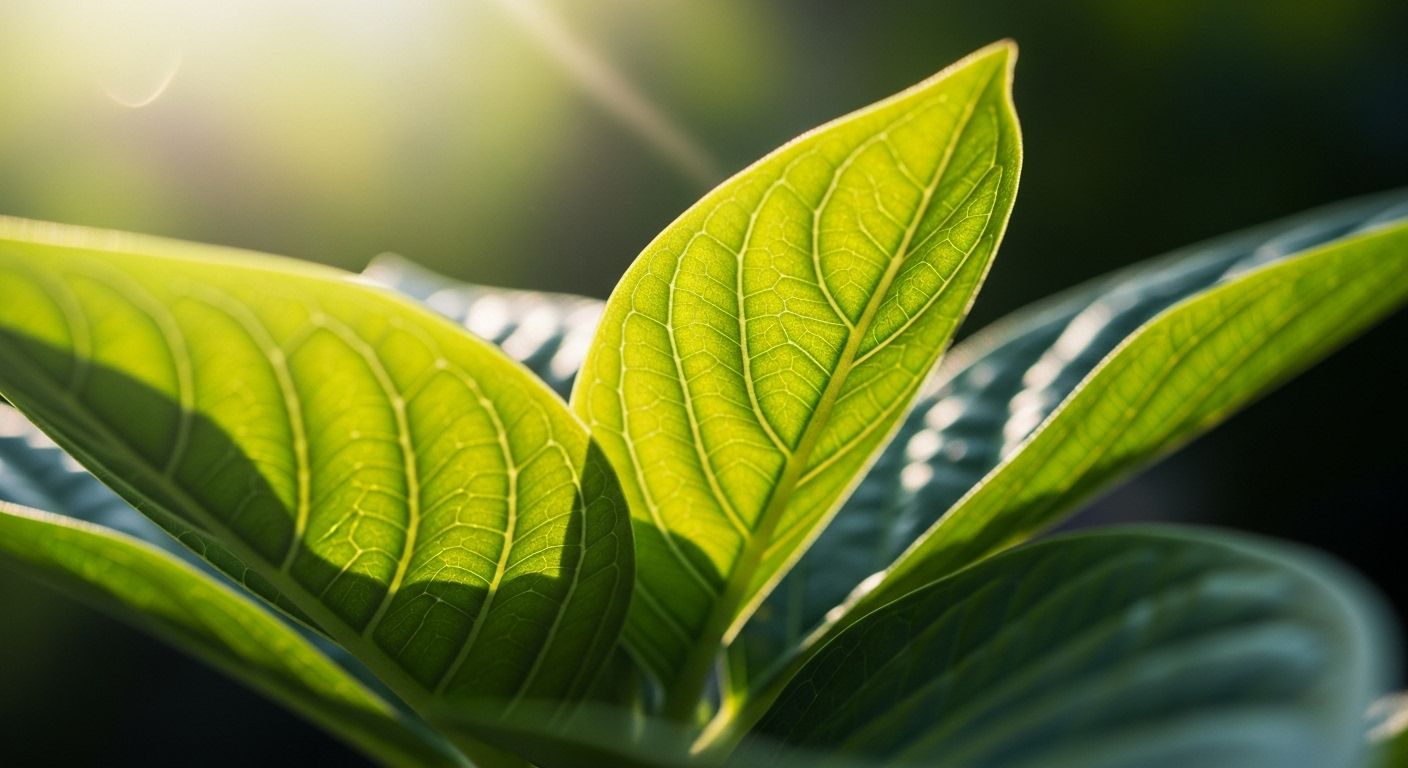
Photosynthesis – How Plants Make Food is a vibrant and essential biology course that explores the life-sustaining process at the heart of Earth’s ecosystems. Through photosynthesis, plants, algae, and certain bacteria transform sunlight into chemical energy, producing glucose and releasing oxygen—fueling nearly all life on the planet.
This lesson breaks down the components and stages of photosynthesis, revealing how light, water, and carbon dioxide come together to power the biosphere. Whether you’re a student, educator, or nature enthusiast, this course offers a clear and inspiring look at one of biology’s most vital mechanisms.
🌞 By the end of this course, you’ll be able to:
This course is perfect for learners who want to understand how life on Earth is powered by sunlight. It’s especially valuable for biology students, educators, and anyone curious about the natural processes that sustain ecosystems.